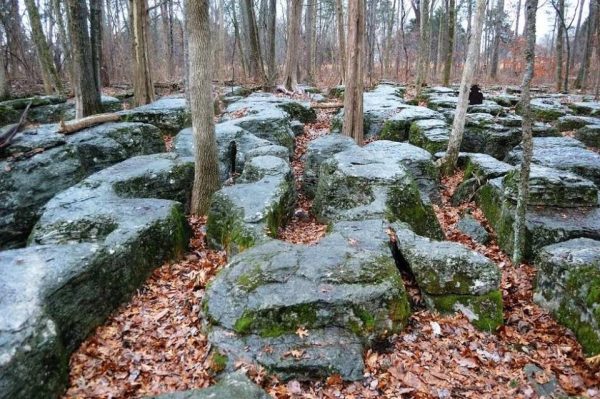Scott Hippensteel – Civil War’s outcome affected by rock formations, terrain

The outcome of the Civil War was influenced by many factors on both sides, including population, finances, the availability of weaponry, naval power and military leadership.
But in a recent study published by the Geological Society of America, a North Carolina professor suggests a less obvious factor: rocks.
“It is not an overstatement to say that rocks helped determine the outcome of the Civil War,” said Scott Hippensteel, an associate professor in the Department of Geography and Earth Sciences at the University of North Carolina at Charlotte. “Geology determines terrain, and terrain can be exploited by a skilled commander on both offense and defense.”
Hippensteel’s study, “Carbonate rocks and American Civil War infantry tactics,” provides specific examples of geology’s role throughout the war.
“Overall, the geology didn’t favor either side,” he said. “Nevertheless, multiple individual battles were strongly influenced by the geology of the region, and the geology seemed to favor whichever side took a more defensive approach.”
Carbonate rocks, named for the minerals involved in their composition, are sedimentary rocks consisting of two major types: limestone and dolostone. Limestone is a soft rock that’s easily scratched. Dolostone – also called dolomite to reference its mineral composition – is similar to limestone but harder and heavier.
Read more here: http://www.newsobserver.com/news/technology/article77724452.html#storylink=cpy
The full article can be seen here:
http://www.newsobserver.com/news/technology/article77724452.html
http://www.charlotteobserver.com/news/science-technology/article77724397.html
Read more here: http://www.newsobserver.com/news/technology/article77724452.html#storylink=cpy